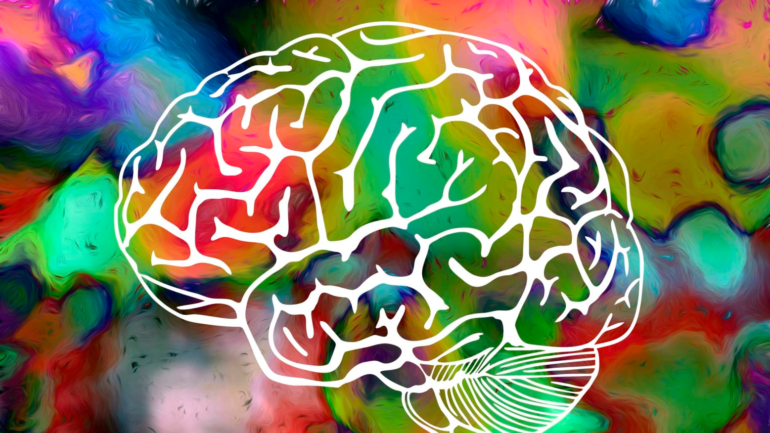- Researchers led by Anna Ivanova and Kyle Mahowald delve into AI capabilities in language and cognition.
- They distinguish between formal and functional competencies in large language models (LLMs) like ChatGPT.
- Advocating for tailored assessments, they propose a modular design approach inspired by human brain organization.
- OpenAI’s plug-in features echo their modular concept, suggesting potential for AI advancements.
- AI systems offer insights into human cognition and vice versa, shaping future research frontiers.
Main AI News:
Artificial intelligence (AI) has transformed various facets of human expression, including poetry, music composition, and conversational interactions. The accessibility of tools like ChatGPT and Gemini underscores this AI revolution, but the question remains: How intelligent are these systems?
A collaborative research endeavor led by Anna (Anya) Ivanova, from Georgia Tech’s School of Psychology, and Kyle Mahowald, from the University of Texas at Austin’s Department of Linguistics, seeks to shed light on this matter.
Their findings could pave the way for AI systems that closely resemble human cognitive processes, offering valuable insights for neuroscientists and psychologists delving into the mysteries of the human mind.
Published in Trends in Cognitive Sciences under the title “Dissociating Language and Thought in Large Language Models,” the study builds upon an earlier preprint released in January 2023. Ivanova explains, “The emergence of ChatGPT during our research process provided an opportunity to refine our arguments in light of these advanced AI models.”
Functionality over Form
The research zeroes in on large language models (LLMs), such as ChatGPT, which operate on text prediction mechanisms. While proficient in generating coherent sentences, these models still pose questions about their true intelligence.
Ivanova’s team posits a crucial distinction between formal and functional competencies. While LLMs excel in formal skills, their performance in functional tasks remains a challenge.
“Human perception often conflates language with cognition,” Ivanova remarks. “This cognitive bias shapes our expectations of AI capabilities, blurring the lines between linguistic prowess and genuine intelligence.”
By disentangling formal and functional competencies, the team advocates for tailored assessments to evaluate AI performance accurately—an insight already gaining traction among researchers.
Modular Design Approach
Contrary to past misconceptions, human cognition might hold the key to unlocking AI’s full potential. Drawing from cognitive neuroscience insights, Ivanova’s team underscores the modularity of human brain functions, with distinct regions dedicated to language processing and reasoning.
“We propose leveraging this modular framework as a blueprint for enhancing AI systems,” Ivanova suggests. “Aligning AI architectures with the organizational principles of the human brain could yield more efficient and user-friendly AI interfaces.”
In the wake of the team’s preprint publication, OpenAI’s announcement of plug-in features for their GPT models mirrors this modular approach.
“While these plug-ins focus on practical functionalities, they underscore the viability of our modular design concept,” Ivanova notes.
AI’s Dual Role
As AI evolves, it offers a dual opportunity: to elucidate the workings of the human brain and to enhance our understanding of AI itself.
“AI systems serve as invaluable models for studying cognitive processes,” Ivanova explains. “Their openness allows researchers to explore and manipulate variables in ways that are infeasible with biological systems.”
In this symbiotic relationship between human cognition and AI, Ivanova sees boundless potential for unlocking new frontiers in both realms.
“Neural networks offer an unprecedented level of control and insight,” she concludes. “They stand as powerful tools in our quest to unravel the mysteries of cognition and intelligence.”
Conclusion:
The research sheds light on AI’s evolving landscape, emphasizing the need to differentiate between formal and functional competencies. This modular approach, inspired by human brain organization, hints at promising advancements in AI technology. Businesses in the AI market should take note of these insights, as they could inform future product development strategies and foster closer alignment between AI systems and human cognitive processes.

